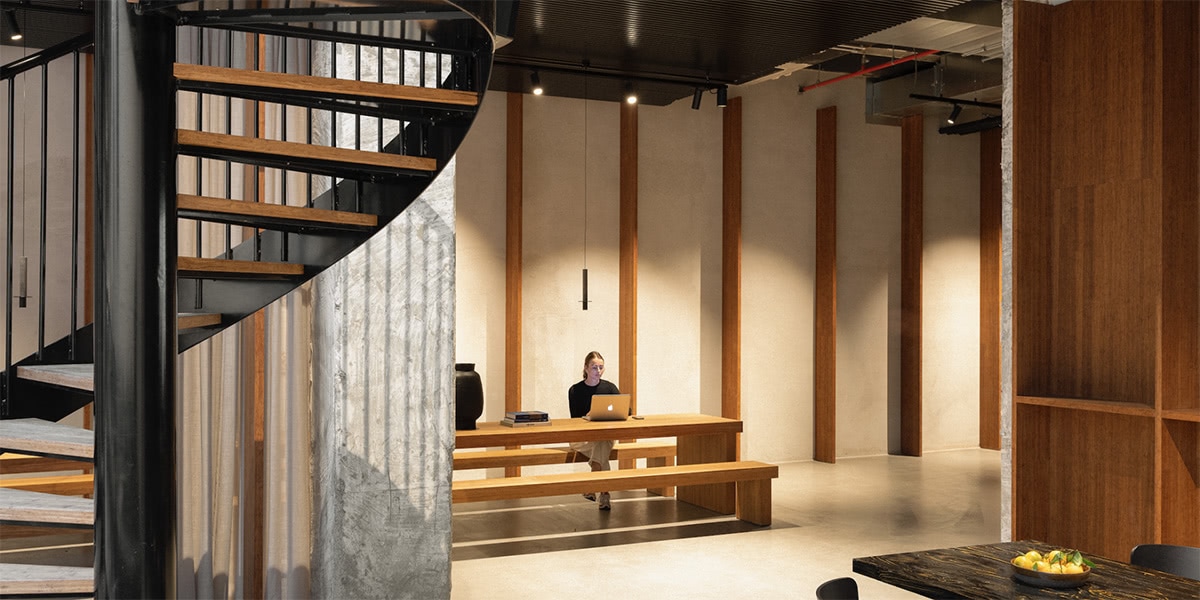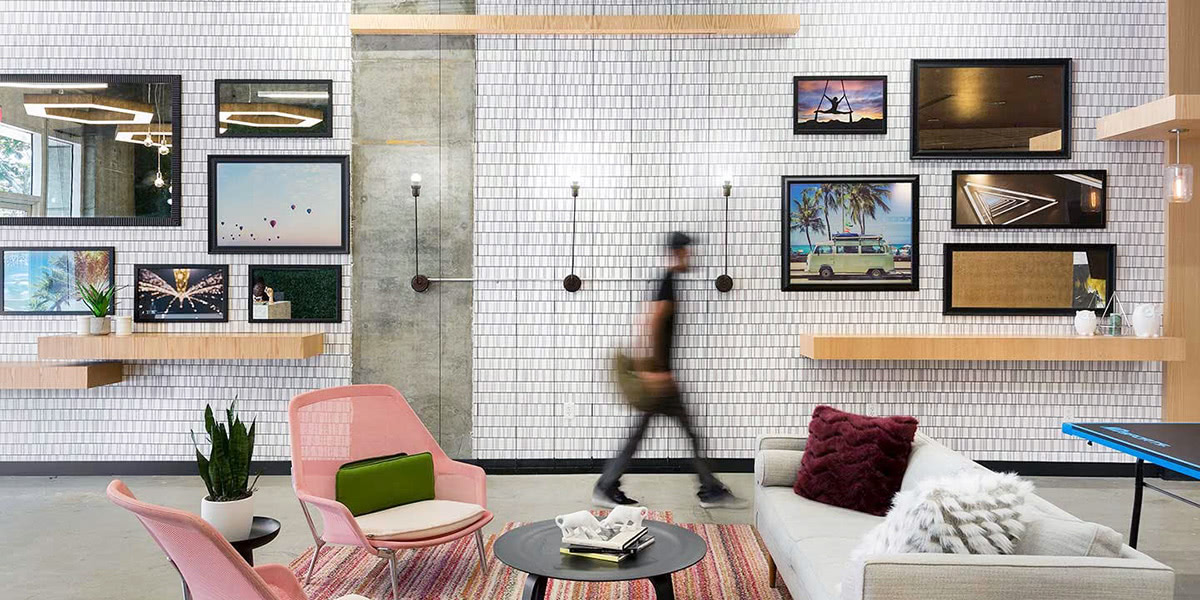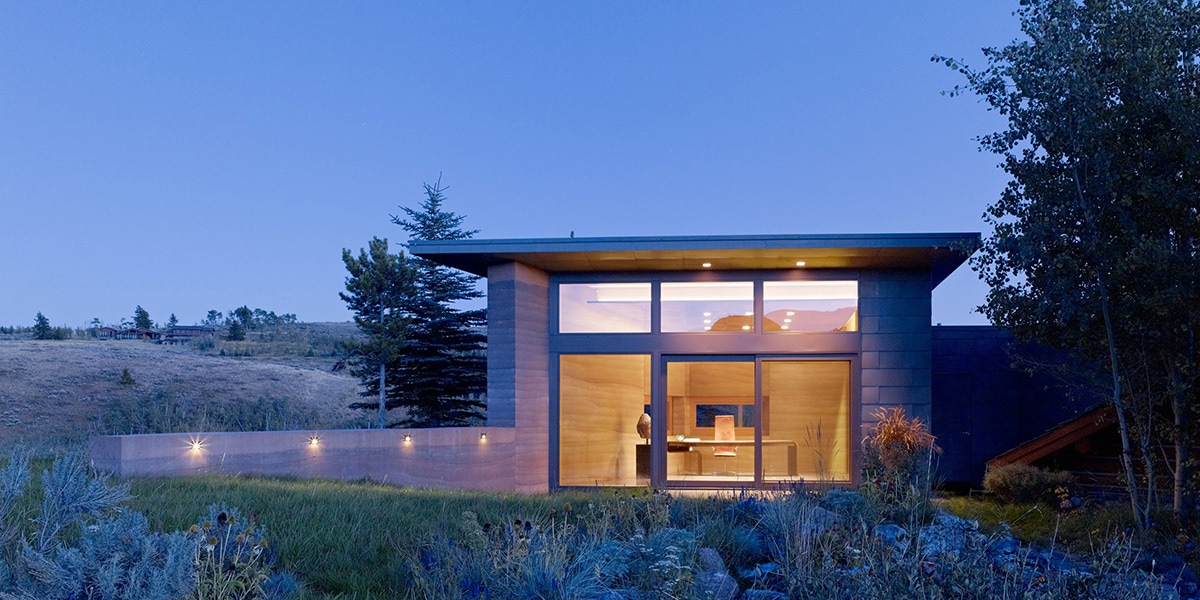Today’s diners expect to be able to eat restaurant-quality meals from the comfort of their home. To keep up with consumer demands, restaurants need to offer a delivery service. But this isn’t always a simple process—hence the growing need for a guide to opening restaurants online.
Customers crave ease, efficiency, and an enjoyable dining experience—all with a simple swipe and click on a screen. And it’s not just casual eateries capitalising on online delivery. Fine dining restaurants are getting in on the game too.
Today, more than ever, it’s important to take advantage of digital technology to grow your restaurant and begin offering an online delivery option. Not only does this allow your restaurant to meet the evolving consumer demand for greater convenience, but it has advantages for you and your staff too.
When hunger strikes, customers can order there and then, even if your restaurant hasn’t yet opened. If restaurant owners are forced to close their doors to in-house diners, they can continue to serve customers via delivery, offering a major safety net. And you can also cater to a wider pool of people when you’re not limited to how many you can seat in your restaurant.
But moving your restaurant online takes time and effort. It’s vital to establish a clear process for your expansion from in-house dining to online delivery. Restaurants need to plan, invest, and choose the right tools and platforms for the job. And you’ll have to consider important questions such as your target audience, order and delivery method, marketing strategy, and customer support service.
This article is part of a series on digital transformation for SMBs. This article will show you exactly how to launch online food delivery for your restaurant. We’ll start by looking at why it’s so important, before walking you through a step-by-step guide to accepting online food orders.
This guide is part of a series on online business and digital transformation.
Our objective is to help business owners transform their brick and mortar business to sell online with a roadmap to launch, the right questions to ask, and case studies to find inspiring success stories.
We also want to help anyone start an online business today by explaining how you can make money online, sharing ideas and inspiration, and talking you through a step by step guide to launch your online business.
Why should you offer online delivery for your restaurant?
The food delivery market is set for rapid expansion. Revenue in the online food delivery segment is expected to increase at a compound annual growth rate of 7.5% each year.
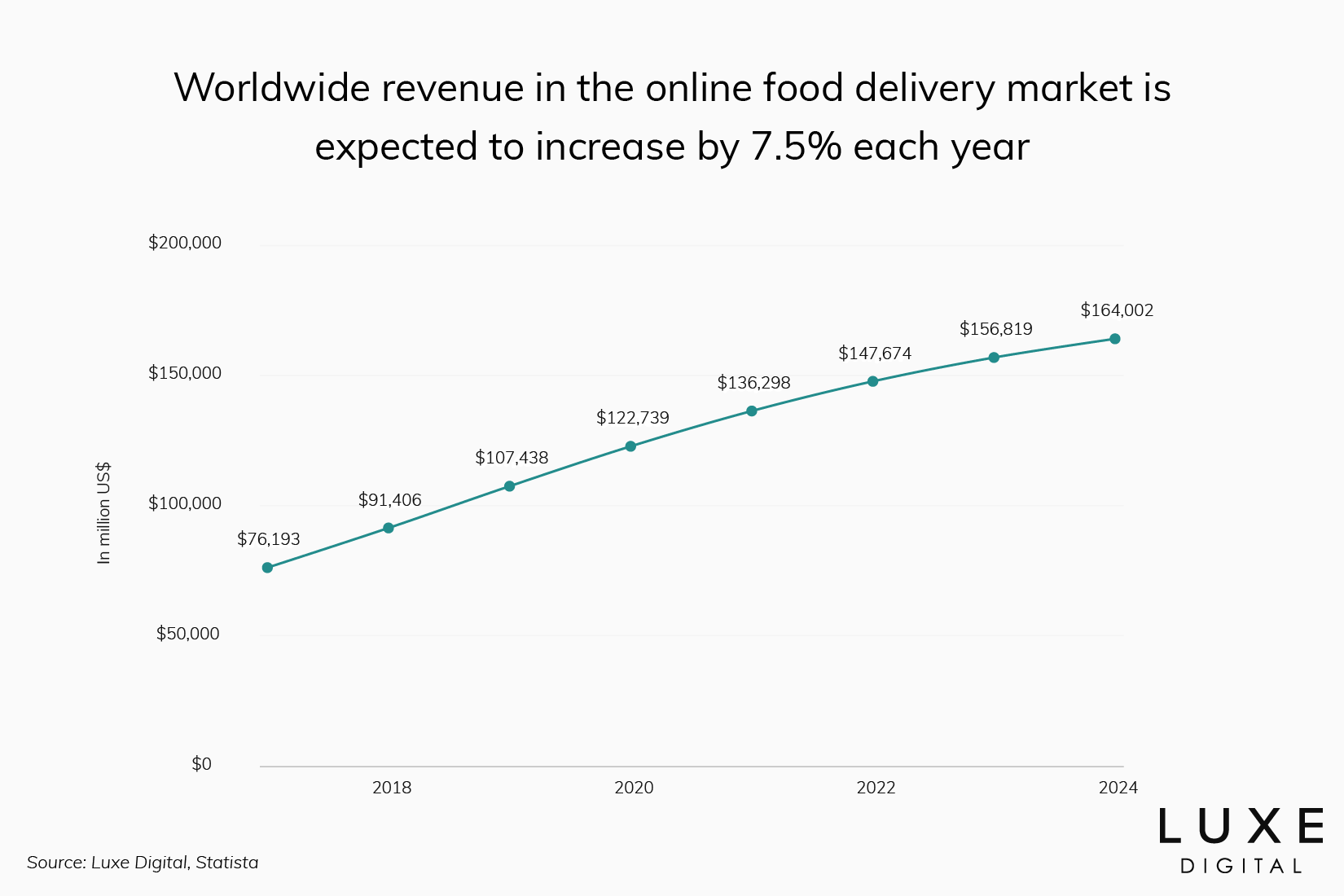
As online delivery becomes an increasingly powerful player in the restaurant industry, it’s vital that your restaurant offers an online delivery option. Online delivery will help you stay ahead of the competition while also boosting your bottom line.
For example, online delivery allows restaurants to appeal to a wider audience. You can cater to those who are mobility impaired, live less locally, or who aren’t able to drive.
And you can further boost sales through the use of data. By capturing customer details online, you can conduct customer analysis and use this to improve your service, providing personalised offers to customers, and encouraging repeat sales.
The pitfalls and problems of moving your restaurant online
There are inevitably some risks to adding online delivery to your existing restaurant offerings.
Firstly, it will involve a new set of skills that you and your team will need to learn. For example, you’ll need to manage a whole new set of customer reviews, conduct new marketing campaigns to reach delivery customers, and, depending on the route you choose, potentially recruit and train delivery drivers.
This might mean hiring new in-house staff to manage the additional workload or you may outsource jobs to external help.
When your online delivery becomes a success, will you have the operational capacity to handle a large increase in order volume while delivering a high-quality experience on par with walk-in customers? This is a critical consideration that you need to carefully think through prior to venturing into online delivery.
Taking your restaurant online will require time and investment, which may take resources away from other viable opportunities. You need to decide if this is the right priority for your business at this time.
Fine dining: how to make the leap
Fine dining establishments face an additional challenge. In addition to the fine cuisine, it’s also the exclusivity and sense of luxury that comes with your restaurant’s atmosphere that makes the experience unique. How does this atmosphere translate to delivery? How can you maintain that same sense of prestige when diners are enjoying your menu at home?
Of course, there’s plenty of examples showing that fine dining restaurants can adopt an online delivery model successfully.
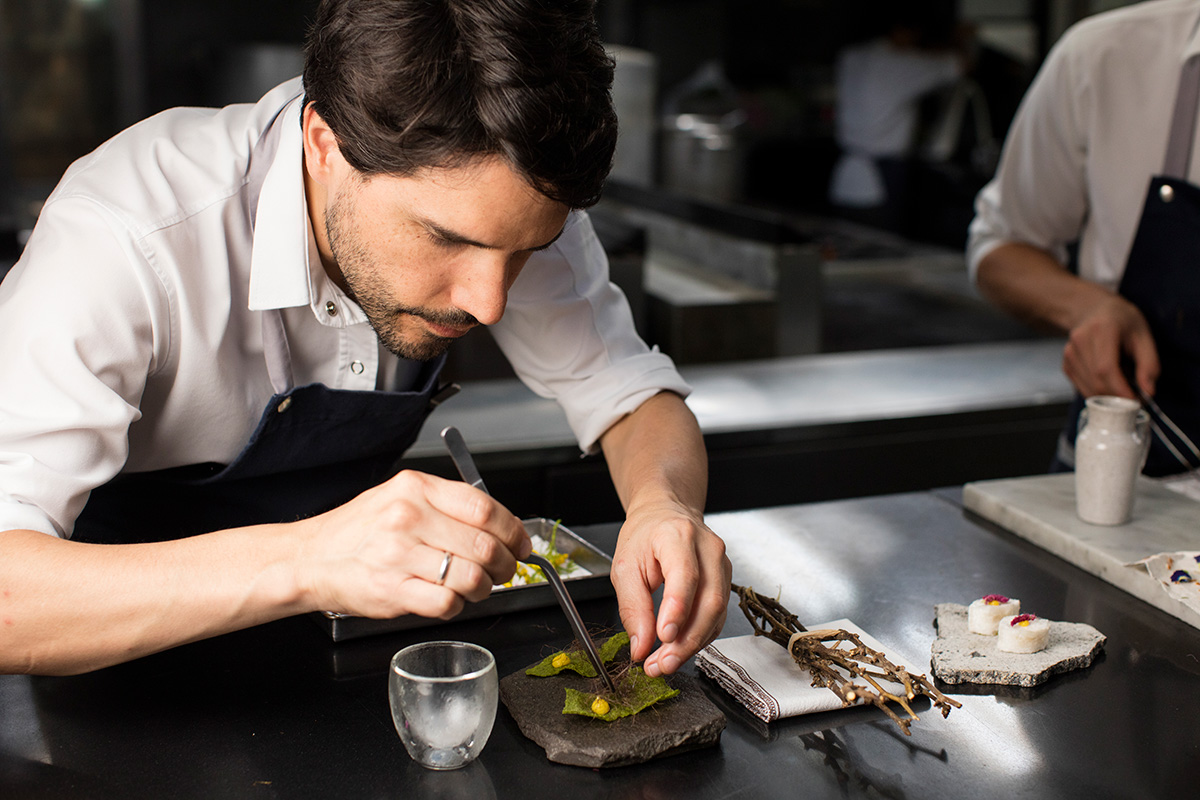
How to take your restaurant business online
A step-by-step guide featuring tools and platforms for restaurant owners to start accepting online orders and delivering food. Here’s how we’ve organised the guide:
- Planning: What to consider before you begin accepting online orders
- Launch: Get your restaurant menu online
- Growth: Improve your online delivery service
- Support and retention: Keep your customers happy and coming back for more
1. Planning: What to consider before you begin accepting online orders
A proper plan is essential for ensuring the success of your restaurant online venture. Here are the important questions you should ask yourself before getting started.
Who is your target audience?
Workplace or home?
Before you begin marketing your delivery service, you’ll need to know who you’re aiming to reach. Firstly, are you planning to deliver to customers in the workplace or at home?
While 82% of online orders are placed from home, only 16% are placed from the office. However, given the increasing dominance of tech-savvy millennials in the workplace, it’s likely that those online food delivery services catering to corporations will experience a large amount of growth in the coming years.
Healthy eaters
Targeting health-conscious diners could be a smart business move. According to a study by the University of Westminster, one of the most common reasons that deter people from delivery services is a concern about the healthiness of the food. By highlighting your food as wholesome and nutritious, you can attract new customers to the online ordering option.
Consumers are interested in being able to make healthier choices themselves. For example, the option to order a regular beef burger with a bun or on top of mixed greens, or to be able to decide whether or not their side salad comes dressed or with dressing on the side. Size options should be available, such as small fries or a large fry order, or half or full order of pasta. A daily vegetable should always be available with the option for simply steamed or as the chef prefers to prepare.
Keri Gans, Nutritionist, Author, The Small Change Diet
Wealthy diners
A report by Statistica has revealed that the majority of online food delivery users in the U.S. are male, aged between 25 and 34 years old, and have a high income. Therefore, your main audience is likely to be affluent leaders who have limited time for cooking.
Different generations
Millennials spend the highest percentage of their budgets on prepared food compared to other generations. With their fast-paced lives, they’re more likely to be tempted by the convenience of delivery.
Nevertheless, a study by Payscale shows that the majority of people reach their peak earning between the age of 44 and 55. This demographic will have more disposable income. Alongside the increasing popularity of online food delivery, this is a solid reason for going after more senior buyers and may offer a valuable differentiating factor for your business.

Will you adjust your menu?
Inevitably, not all items on your current menu will be suitable for delivery. It all depends on how well they retain heat and support transportation. Furthermore, more intricate meals might be difficult to recreate on a mass scale if order volume increases dramatically.
Fine dining establishments in particular will have to consider which parts of their menu are scalable and deliverable. Can your sophisticated tasting menus, for example, be expected to survive transit?
It’s about re-imagining what you can offer diners. Rather than a traditional luxury experience, emphasize that you provide quality products, cooked to perfection, to be enjoyed within the comfort of the diner’s home. Perhaps consider developing a prix fixe menu to keep your operations simple and streamlined.
Instead of dinner, you might also want to think about offering a lunch menu for time-pressed professionals. Currently, 65% of all food deliveries are for dinner. Meanwhile, breakfast accounts for just 5% of deliveries and lunch 11%. This offers an alternative market opportunity for businesses looking to differentiate themselves.
Legal considerations: a few pointers
Branching out into online food delivery entails a few new liabilities.
Driver security
Who is responsible for the safety of your delivery drivers? This depends on whose vehicle it is and the details of each party’s insurance. In many cases, the driver’s insurance policy may have a business-use exclusion clause.
Make sure to ask about your driver’s insurance coverage if you plan for them to use their own vehicle.
Food quality
The meal is your responsibility until it reaches the consumer. Food hygiene depends on processing, transportation, handling, and storage. This means you need to ensure it is delivered on time, at the right temperature, and in perfect shape.
How will you accept orders?
Next, you’ll need to decide how to accept meal delivery orders. There are a couple of options and pros and cons to each.
Your own website or app:
This is a popular option among consumers. According to a 2017 study, 83% of respondents ordered takeaways directly from a restaurant, compared to 43% via a third-party platform.
For restaurant owners, it also has several advantages. A website or app can be used to showcase your food and you have total control on how the menu and any images are presented, creating a branded page that conveys your unique offering.
You can also change the menu whenever you want and have control over any promotions or offers. You also have access to customer preference data, unlike with third-party platforms. This means you can engage in targeted marketing.
Financially, it also makes a lot of sense. While you’ll have to pay an upfront cost for building a website or app, the returns, later on, will be higher as you won’t have to pay a commission to a third-party. UberEats, for example, charges a restaurant 30% to deliver their food. GrubHub receives an average of 13.5% per order from restaurants.
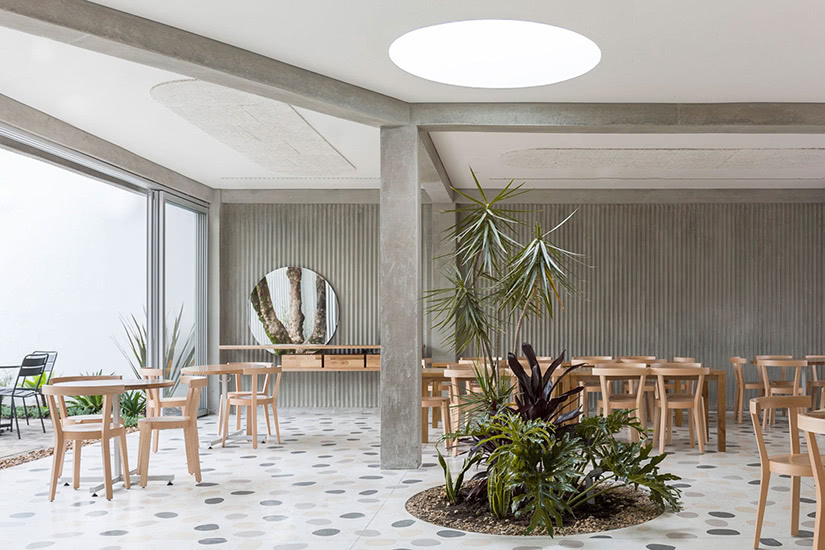
Via a third-party platform
If you choose to use a third-party platform to take online delivery orders, you have two options:
- Aggregators (Restaurant-to-Consumer Delivery): Aggregators offer access to multiple restaurants via a single online portal where customers can compare menus, prices, and reviews. They receive a fixed percentage of the overall order, which is paid by the restaurant. The restaurant handles delivery. Examples include GrubHub and JustEat.
- New delivery platforms (Platform-to-Consumer Delivery): Like aggregators, new delivery platforms allow customers to compare dining options via a single portal. But these platforms also provide delivery organisation for the restaurant. They receive a fixed margin of the overall order, and a delivery fee from the customer. The best known examples are Deliveroo and UberEats.
The advantages of using a third-party platform are numerous. You don’t have to pay the initial upfront cost of designing a website or app. You also get free marketing and exposure to new customers who may not yet have heard of you.
These platforms also leverage data to encourage sales through meal recommendations, creating personalised profiles for each customer. They also use digital tracking to provide real-time delivery information. This may account for their high customer retention rate.
Before choosing a platform, research the fees involved and the performance rating. If a platform’s delivery driver is late, for example, customers will hold you responsible, not them.
What about delivery?
Currently, the majority of restaurants handle their own deliveries rather than out-sourcing the job to delivery platforms.
When you start out, a third-party delivery system might be best. It’s cheaper and quicker to set up as you don’t have to recruit, hire, and train drivers. Plus you don’t have to pay for delivery vehicles.
If you do decide to handle your own deliveries, there are few things to consider:
- Having your drivers use their own cars is the cheapest and most convenient option for you, but you won’t be able to ensure that the vehicle is properly maintained.
- If you invest in company cars, you can have them branded as additional marketing.
- Bike delivery is an eco-friendly option that will win you kudos with eco-conscious consumers.
- As for deciding your delivery radius, begin with a certain area and a certain time slot, and see how things progress. Once you’ve gained experience, you can commit to longer delivery hours and a greater distance.
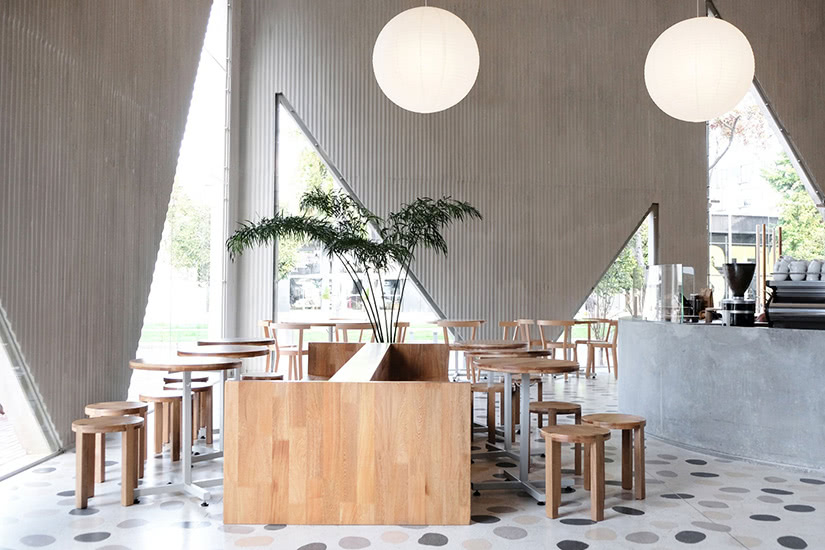
Planning your workflow
A well-organised workflow is key to maintaining speed, and in online delivery, speed is everything. 60% of consumers cite it as a key factor. The optimal wait time is no more than 60 minutes.
You’ll need to train your employees to help them adapt to the new workflow as you’ll likely see more late night orders, or more orders on a particular day if you are catering for an event. You can expect the highest volume of orders on Friday, Saturday, and Sunday, when 74% of orders are placed.
The good news is that bad weather usually increases deliveries while in-house dining goes down, and the reverse is true too. This means less chance of staff becoming overwhelmed by orders.
You’ll need to dedicate a separate area to assembling deliveries so it doesn’t get in the way of normal restaurant operations.
How will you market your restaurant online?
When it comes to marketing your new online delivery venture, consider your unique value proposition. What makes your restaurant special? Emphasizing your unique qualities will distinguish you from competitors.
Instagram and Facebook can be used to spread awareness of your brand. You might also consider taking advantage of digital influencers and food bloggers to further build awareness before launch.
With each delivery, you’ll also want to provide menus. People will keep these lying around—which means potential repeat orders.
Finally, here are some tips for optimising your menu for sales:
- Run cost analysis to determine what are likely to be the most popular and profitable items. Highlight these on the menu, putting them in prime position.
- Keep descriptions concise but go into more depth for your signature items.
- Use high-quality images.
- Don’t list prices in columns. People will scan down looking for the cheapest option.
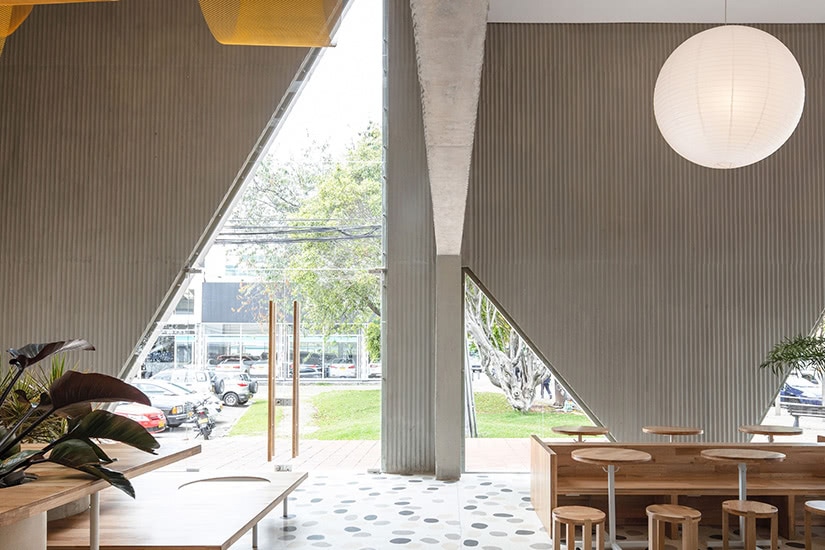
What equipment do you need to invest in?
- POS System
Your point of sale system determines how seamless and productive your workflow can be. Today, a POS does more than just process payments. It can also handle delivery options, online ordering, customer information, and other operational aspects.
- Packaging
Food should be transported in thermal bags or heated containers. You’ll also need to invest in disposable cutlery, food containers, and paper bags. Consider branded packaging to boost your image. Eco-friendly options like recyclable packaging will win brownie points with eco-conscious consumers.
2. Launch: Get your restaurant menu online
Once you’ve planned how to proceed, time to set it all up.
Register with your chosen platform
Online you can fill in the necessary details such as your location, the type of food you serve, and your estimated number of orders per week. A representative from the platform will then be in contact with a partnership agreement.
Or launch your own site
We recommend Shopify for any restaurant owner who needs a website. This software service makes building a site simple with over 70 templates to choose from and customisable themes as well. Shopify Experts are available to ensure seamless functionality and high visual appeal.
Or you can get in touch with our agency, mOOnshot digital. We can help you with your digital strategy and work with you to create a high-performing website. We can also help you to devise marketing solutions to get your restaurant business on the road to online delivery success.

3. Growth: Improve your online delivery service
There are a couple of key ways to build your restaurant’s online delivery service:
- Consider switching from third-party services to in-house deliveries to cut out fees and increase revenue.
- Expand your delivery radius. But be aware that beyond a certain distance, it becomes hard to maintain quality. You need to be able to deliver the food in less than 60 minutes from order time. Use customer data to see where most of the orders are coming from and focus on marketing efforts in areas that are quieter.
- Expand your menu. Pay attention to trending foods. You’ll also want to think about offering vegetarian and vegan options. People are increasingly interested in sustainability and sales of meat-free food are predicted to rise in the next year.
- Consider catering for special events like weddings or networking events, or partnering with companies to deliver lunches for employees.
- Partner with food waste apps like Food for All, which offers unsold meals from local restaurants with a 50% discount, reducing food waste and turning it into additional profits. According to their website, 90% of their customers say participating with Food for All improves a company’s brand image.
Boost online delivery revenue through marketing
Smart marketing will allow you to reach more people, retain existing customers, and increase sales.
Using social media as a place to share content might not directly accelerate sales, but it will boost brand awareness and customer satisfaction. Post dynamic and original content that speaks to your audience. Consider a blog to increase traffic to your page with how-to articles, interviews with members of staff, or pieces about the inspiration for your menu.
Make sure you’re listed on local directories. And ensure that the mobile version of your site looks just as good as it does on desktop. Many people will use their phones for delivery and want a flawless digital experience.
On your website, you’ll want to highlight any professional accreditations or awards. Include reviews from newspapers and magazines to appear more trustworthy in the eyes of new customers.
As for photos, invest in quality images, or none at all. Photos that aren’t professional can be detrimental to your brand image.

4. Support and retention: Keep your customers happy and coming back for more
High customer satisfaction means more positive reviews and more sales.
Constantly evaluate the customer experience and enhance the customer journey by reducing any friction in the checkout process. The ordering process should be easy and enjoyable. Eliminate any unnecessary steps that could frustrate a customer and lead to drop-offs. Providing multiple payment options is another way to reduce abandonments.
Keep your customers happy by answering queries quickly. An FAQ page is a good place for customers to get answers and stops queries from clogging up support channels.
Managing customer reviews is key. Promote positive testimonials on your landing page. And make sure you reply quickly to posts and comments on sites like Facebook, Google Maps, and TripAdvisor. Customers appreciate that you care about their thoughts.
Asking for feedback via surveys will not only help you improve your service but also show customers that you are interested in their experience.
Getting customers to return to your service means building a relationship with them. Do what you can to continue the conversation. Let them know about any new additions to the menu and give them loyalty discounts as an incentive. Send them special promotions for events like their birthday or Valentine’s day.
Don’t over do it though—they don’t want to feel pestered.

Launch online food delivery: Frequently Asked Questions
One major way you can improve your online ordering system is by making the digital ordering process more efficient, seamless and enjoyable. This means ensuring your site is visually attractive and intuitive to use.
The best online food ordering system is MenuDrive. MenuDrive is an online and mobile ordering platform for restaurants who want to create a customised ordering experience. They build your menu for you using the information you supply and you then connect it to your POS system or email.
To increase your home delivery sales, you need to invest in technology to enable online ordering. Read our guide on how to take your restaurant online to see exactly how to increase sales. Digital is now the most popular medium for placing delivery orders. You set up online ordering via a third party such as Zomato or you can build an online ordering mobile app or website to integrate with your POS.
A virtual restaurant is an online-only restaurant that serves customers exclusively through delivery. To set up a virtual restaurant, you first need to look for a space to create your kitchen. Then you need to take the same steps as you would with establishing a normal restaurant delivery service.
There are many advantages to online food ordering. It’s convenient and easy for customers. They can order whenever they want, even when your restaurant is closed, maximising the time window for sales. And there is less room for error compared to when staff note down orders over the phone.

